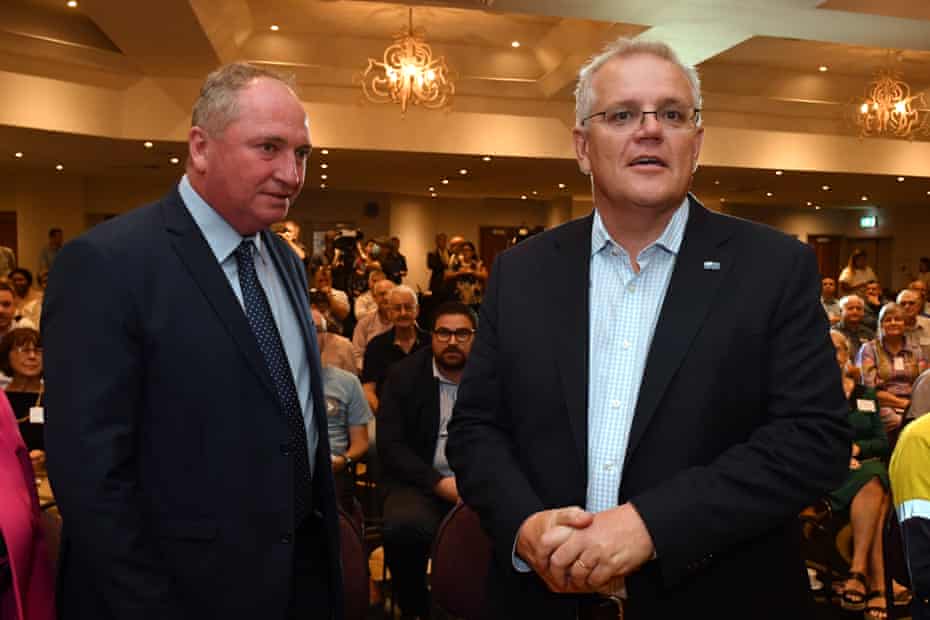Extract from The Guardian
Findings also showed teal independent support likely to have been ‘tactical Labor or Greens voters’ instead of dissatisfied Liberals.

Fri 24 Jun 2022 03.30 AEST
Last modified on Fri 24 Jun 2022 03.31 AESTThose are findings of a survey of 3,500 voters by the Australian National University and researchers at the Comparative Study of Electoral Systems, to be presented by Prof Ian McAllister at a conference about the 2022 election on Friday.
The survey also found that voters who supported teal independents were mainly former supporters of Labor and the Greens, not the Coalition.
According to the ANU poll, voters on average rated Morrison 3.6 on a 10 point scale of popularity, down from 5.1 after the 2019 election.

Joyce was rated just 3 out of 10 in May 2022. Both Coalition leaders scored slightly higher with their own voters: 6.8 for Morrison and 5 for Joyce.
Anthony Albanese was “moderately popular” across the electorate with a score of 5.6, up to 7.4 among Labor voters.
Morrison’s score of 3.6 makes him the most unpopular Liberal leader since the AES began, followed by Andrew Peacock in 1990 (3.9) and Tony Abbott in 2014 (4.3).
Albanese rated lower than Bob Hawke in 1987 (6.2), Kim Beazley in 1998 (6.1) and Kevin Rudd in 2007 (6.3), but otherwise beat all other Labor leaders’ popularity at the time of the elections since 1987.
Among Labor leaders, Bill Shorten at the 2019 election was rated lowest, with a score of 4.
McAllister said handling of the Covid-19 pandemic “was a major factor in determining their leaders’ popularity among voters”.
“Voters were divided on how well the government handled the pandemic,” he said.
The study found among supporters of teal independents 35% voted Labor in 2019, 23% for the Greens and only 19% voted Liberal.
McAllister said teal voters “appear to more likely be tactical Labor or Greens voters rather than dissatisfied Liberal voters”.
The study found the four policy areas most likely to drive people away from the Coalition from 2019 to 2022 were: dealing with the global climate crisis, improving disaster relief, improving the way the political system works in Australia and addressing issues around race.
Despite the survey’s large sample size, a comparison with the actual election results shows the ANU poll underestimated the Coalition and “other” vote and overestimated support for Labor and the Greens.
The ANU poll suggested a Labor primary of 35.4%, compared with its actual primary of 32.6%, and that the Coalition had received 31.9% when in fact 35.8% of voters chose the Coalition.
The study’s co-author, Prof Nicholas Biddle, told Guardian Australia the greater representation of progressive voters reflected who was more likely to complete multiple surveys, as the ANU Poll is longitudinal, surveying the same individuals in successive waves.
Results of the survey, such as the leaders’ popularity, are weighted by demographics but not corrected based on the election results.
Other results from the survey, released on Monday, found that under-55s and those with higher levels of education were the two groups most likely to have abandoned the Coalition since the 2019 election.
Although Labor had an edge among women, the survey found that “controlling for other characteristics”, women were no more or less likely to vote for Labor, but had “a higher probability of having voted for the Greens”.

No comments:
Post a Comment